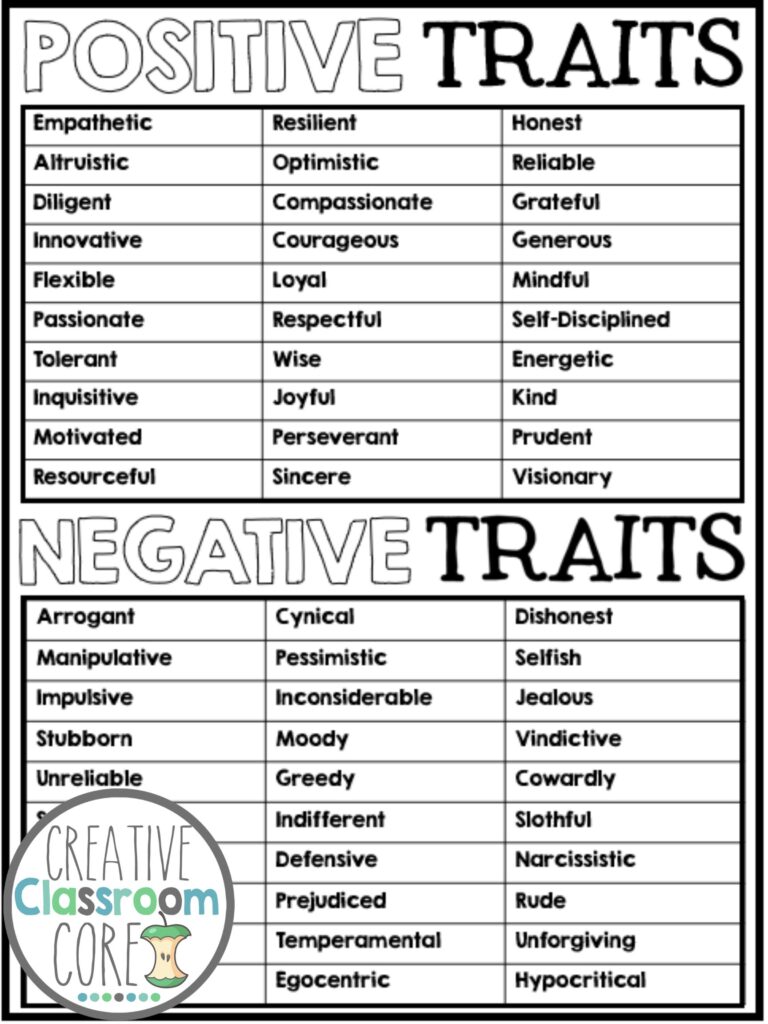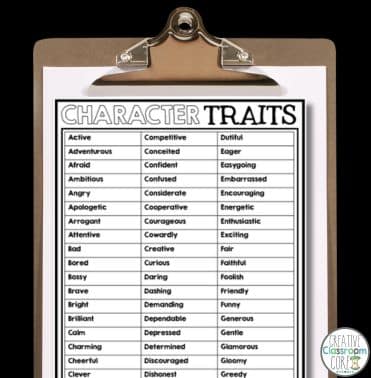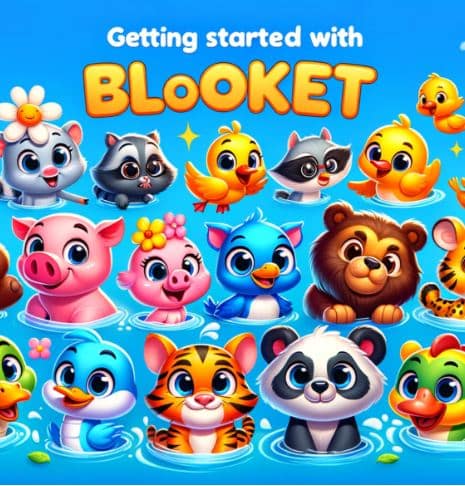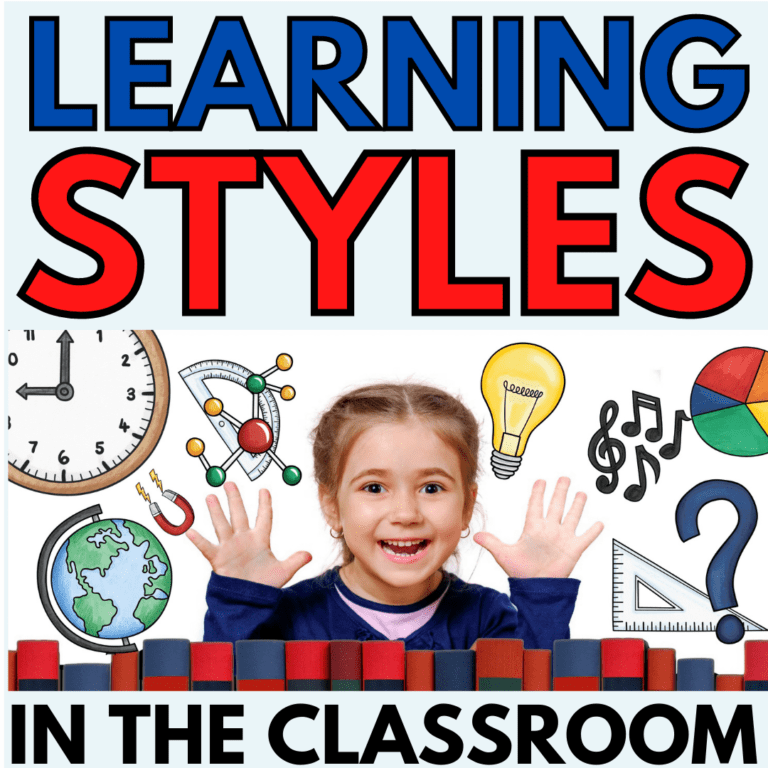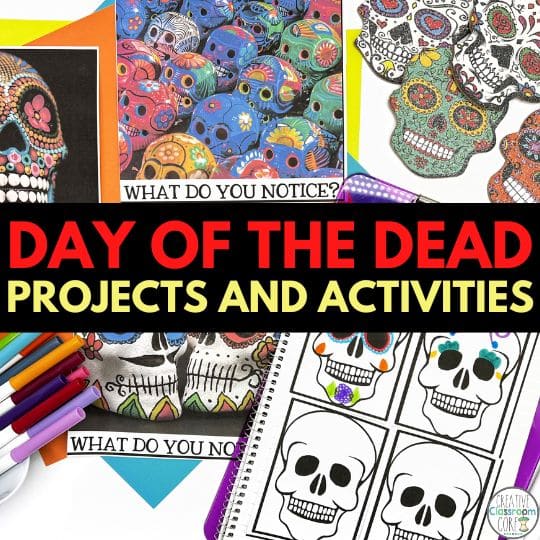Understanding character traits
By MARISSA DESPINS Updated Feb 9, 2024
analyzing character traits in upper elementary
Ever wonder what makes YA characters like Percy Jackson or Katniss Everdeen so compelling to our students? It all boils down to character traits – those qualities that turn mere names on a page into people we root for, cry over, and remember long after the book is closed. In this post we unpack the power of character traits in storytelling, why they’re essential in our literature lessons, and how they help students connect more deeply with what they read.
Looking for some engaging resources to seamlessly incorporate character analysis into your existing classroom curriculum? All of the novel studies in my TPT shop contain a wide variety of different character analysis activities! Click on the image or button below to see all of the novel studies available in my TPT shop!
What are character Qualities?
In stories, what makes characters stand out are their traits—like how they behave, what they believe, or even their habits. Simply put, character traits are the core qualities that define who a character is at their core. These traits can be positive or negative.
positive character traits
These include traits like honesty, empathy, flexibility, courage, and sincerity.
Negative Character Traits
These include traits like arrogance, greed, defensiveness, cowardice, and jealousy
For a complete list of positive and negative character traits, click on the image or button below.
Writers show us these traits in a few ways: by describing how characters look, revealing their thoughts, telling us directly about them, through their conversations, their actions, and how other characters see them. This helps readers get a real sense of who these characters are.
For instance, think about Percy Jackson’s loyalty to his friends throughout the “Percy Jackson” series, or Katniss Everdeen’s resilience in “The Hunger Games.” These traits make characters feel real and relatable.

For more information on character traits, and fun activities to teach them, be sure to check out our post on Character Analysis Activities for Middle School.
Why do THESE Traits Matter in Storytelling?
Character traits are storytelling’s secret ingredients. They make characters memorable and stories impactful. Teaching our students to identify and analyze these traits helps them understand deeper themes and messages. It’s not just about what happens, but why it happens and how characters evolve. This understanding builds empathy and critical thinking skills, as students consider perspectives different from their own.
CHARACTERISTICS vs. personality traits
It’s easy to mix up character and personality traits, but here’s the scoop: personality traits are about demeanor and behavior—think of them as the surface level, like being shy or outgoing. Character traits, however, are about moral fiber and ethics. Understanding the difference between character and personality traits enriches literary analysis, especially in young adult novels.

In the “Harry Potter” series, for example, Hermione Granger’s intelligence and eagerness to learn, describe observable behaviors and attitudes—essentially, personality traits that show how a character appears or acts on the surface. Character traits, however, delve deeper into a character’s moral and ethical foundation, shaping their decisions and growth through the story. For example, Hermione’s dedication to justice and bravery, more than just her intellect, define her fundamental character and drive her actions in the “Harry Potter” series. This distinction not only aids students in developing a nuanced understanding of characters but also in reflecting on the complex layers that define individuals. This helps to encourage a deeper connection with the characters and the narrative.
PERSONALITY traits vs. Archetypes
While we’re on the subject, let’s differentiate character traits from archetypes. When it comes to storytelling, characters often fit into certain archetypes, like heroic figures, wise mentors, or cunning tricksters. These serve as foundational molds that can be seen in narratives across cultures and times. These archetypes provide a familiar structure that helps audiences instantly connect with and understand the characters’ fundamental roles within a story.
However, it’s the character traits—those distinct qualities and attributes specific to each individual—that truly bring these archetypes to life and make each character stand out. For instance, in the “Harry Potter” series, Harry embodies the hero archetype. But, it’s his unique combination of curiosity, bravery, and a sense of justice that fills out this role with depth, making him a distinctive and beloved character. This interplay between the broad, universal appeal of archetypes and the specific, nuanced character traits enriches storytelling, allowing readers to recognize familiar patterns while engaging deeply with each character’s unique personality and journey.
Through this lens, characters become more than just their roles; they emerge as complex, relatable beings whose adventures resonate on a personal level.
For tips and tricks on incorporating character trait activities into your existing curriculum, you may want to check out this post.
List of Character Traits
Looking for a detailed list of character traits that you can use with your learners? Download this FREE Character Trait resource by clicking on the image or button below. This resource contains a complete list of character traits along with a fun character trait wheel activity.
Understanding character traits enriches our reading and teaches us about humanity. As we guide our students through the world of young adult novels, let’s encourage them to look beyond the plot and dive into the essence of the characters. This exploration not only enhances their literary experience but also fosters a deeper understanding of the world around them.
Looking for more posts LIKE THIS?
Check out these related posts below!
Character Analysis Activities for Middle School
Teaching Characterization with Bridge to Terabithia
Hatchet Novel Study Activities: Character Analysis
Interested in signing up for my email list?
If you are interested in signing up for my email list, you can do so by clicking on the link below. I periodically send out emails with free resources, teaching tips, and exclusive deals. Signing up will also give you immediate access to some of my best selling Interactive Notebook resources – foldable activities, graphic organizers, and other fun activities.

